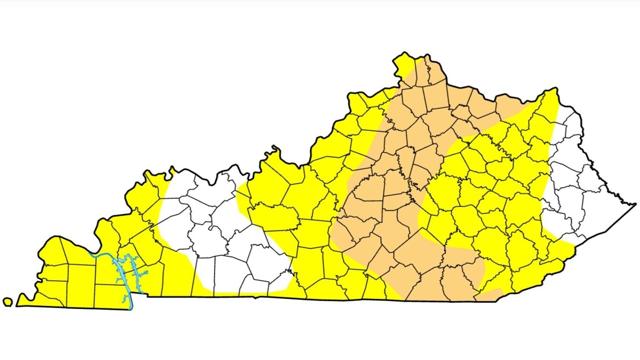Quarter of Kentucky experiencing moderate drought conditions
Published 11:00 am Friday, June 9, 2023

- (National Drought Mitigation photo)
|
Getting your Trinity Audio player ready...
|
Continued dry conditions in Kentucky have led to about a quarter of the state slipping into a moderate drought, according to the latest U. S. Drought Monitor report released on Thursday.
Two weeks ago, less than 3% of Kentucky’s land area was in the “Abnormally Dry” category or D0, the lowest stage on the scale that runs from D0 to D4, which signifies “Exceptional Drought.” The rest was considered to have no drought. Last week, no drought fell to 55.5%, while 44.5% reached abnormally dry.
On the latest report, the no drought area shrunk to 20.1%, while 54.4% is now abnormally dry and 25.5% is now in Moderate Drought, or D1, primarily near the Interstate-75 corridor. This is the first time any part of the state has been in moderate drought since last December when it was just under 6%.
“In Kentucky and the Great Lakes states, mostly or completely dry weather occurred this week, which led to mounting short-term precipitation deficits and worsening streamflows and soil moisture values,” Johnson stated. “Large-scale additions and expansions of abnormal dryness and moderate drought occurred, especially along and east of the Mississippi River.”
Looking ahead, Johnson says, “For June 8-13, an inch or more of rain is forecast from the Pacific Northwest to the western interior, then across the central Plains, northern parts of the Southeast and much of the Midwest.”
For the week following that, the National Weather Service Climate Prediction Center says above-normal precipitation is favored in the Intermountain West and Great Basin, and with lesser confidence also favored from the Central Great Plains eastward into the Ohio Valley, Mid-Atlantic and Northeast. Cooler than normal temperatures are favored in the Upper Ohio River Valley.
The U.S. Drought Monitor is jointly produced by the National Drought Mitigation Center at the University of Nebraska-Lincoln, the United States Department of Agriculture and the National Oceanic and Atmospheric Administration.





